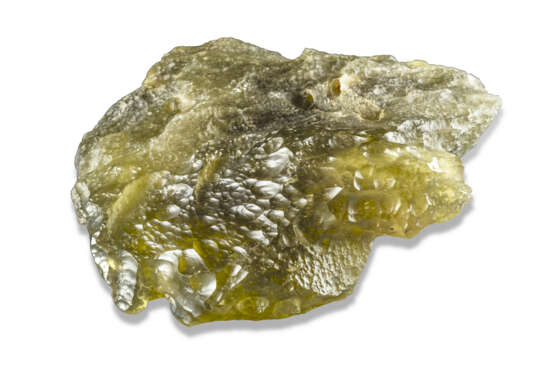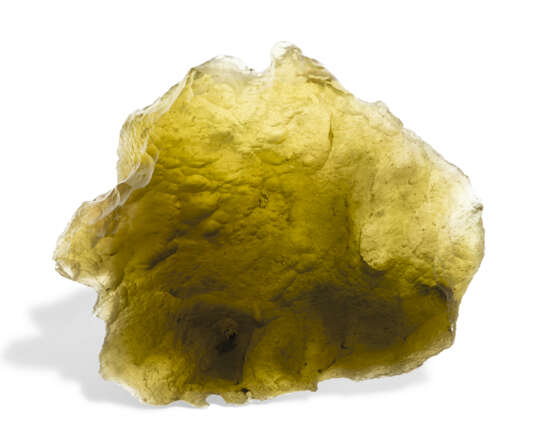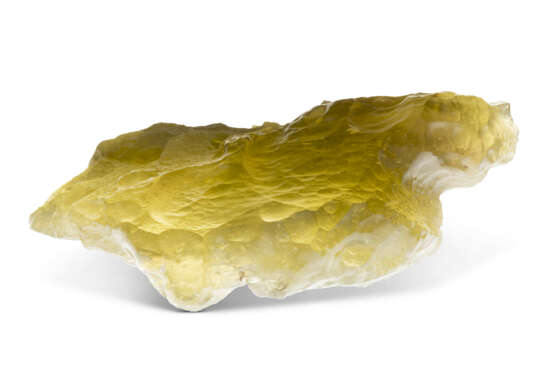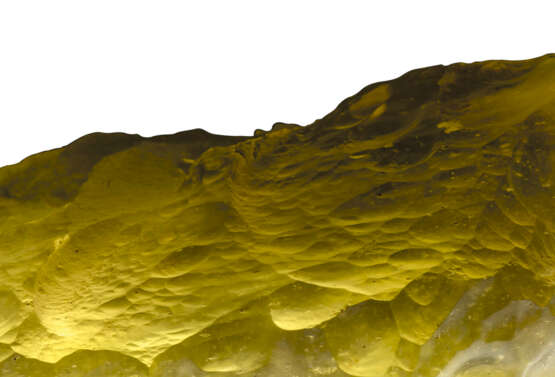ID 737551
Lot 62 | DESERT GLASS FROM AN ASTEROID IMPACT
Estimate value
£ 30 000 – 50 000
Libyan Desert Glass (or Great Sand Sea Glass) is the result of sand on Earth having melted into glass following an enormously energetic asteroid or comet impact approximately 29 million years ago at the border region of what is today Libya and Egypt. The formation of Libyan Desert Glass and other tektites was long considered a mystery with some researchers believing they had originated on the Moon — a notion since debunked. Scientists today agree such glass formations formed as a result of collisions of cosmic bodies with the Earth. To melt the sand, temperatures of more than 1600° C (2900° F) are required; lava flows at the Earth’s surface are nowhere near that hot. In addition, meteorite particles have been detected in specimens of Libyan Desert Glass. As is the case with all tektites, extraordinary heat resulting from massive impacts liquified the ground. (The word tektite comes from the Greek tektos, meaning “melted”.)
All Tektites are named after the locality in which they are found, hence australites, indochinites, philippinites, moldavites, etc. The higher the silica content of such impact glass, the lighter the color, and so Libyan Desert Glass — derived from sand and containing 98% silica — is sunny yellow; moldavites from the Moldau River Region of the Czech Republic with 80% silica cover a range of greens. Libyan Desert Glass was used to make tools during the Late Pleistocene and was used as jewelry especially scarabs in the Pharaonic Period. Samples of Libyan Desert Glass were found in King Tutankhamun’s tomb.
Christie's would like to thank Dr. Alan E. Rubin at the Department of Earth, Planetary, and Space Sciences, University of California, Los Angeles for his assistance in preparing this catalogue.
330 mm x 305 mm x 90 mm (13 x 12 x 31/2 in.)
8.1kg.
| Address of auction |
CHRISTIE'S 8 King Street, St. James's SW1Y 6QT London United Kingdom | |
|---|---|---|
| Preview |
| |
| Phone | +44 (0)20 7839 9060 | |
| Buyer Premium | see on Website | |
| Conditions of purchase | Conditions of purchase |






